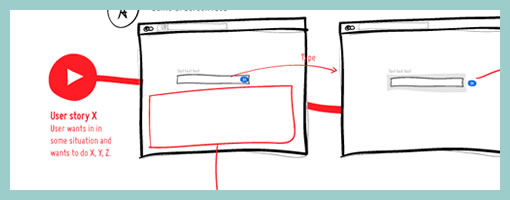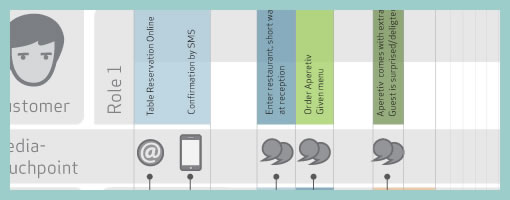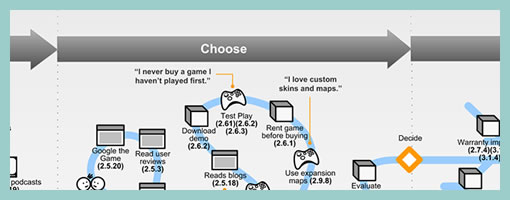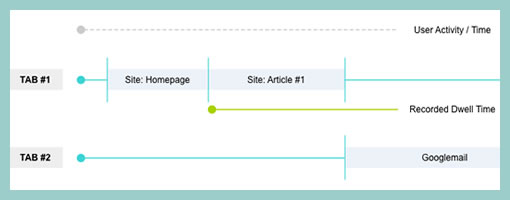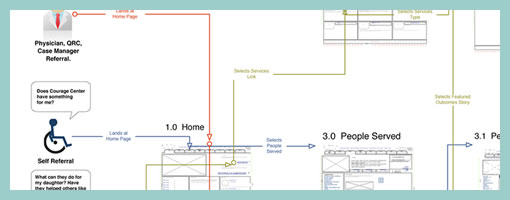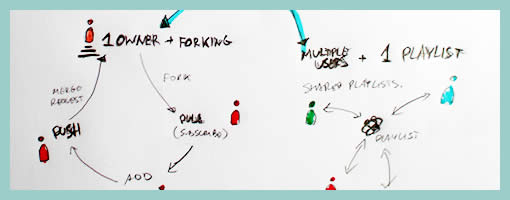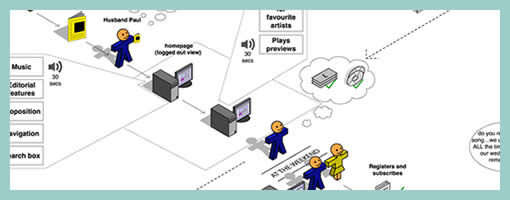Business Model Canvas – Facilitator Cards
Friday, December 10th, 2010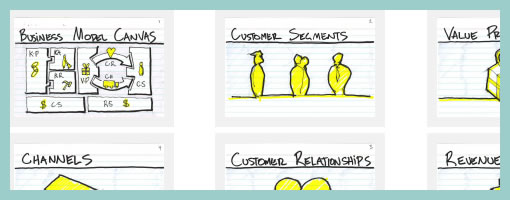
Jason does quite a lot of collaborative sketching, business modelling and multidisciplinary design workshops. Recently he shared a set of downloadable cards in PDF form that are aimed at helping to facilitate such sessions. The cards help move the conversation away from the tactical nature of interface design to more high level business strategy with keywords such as: customers, channels, cost structure and value proposition. Additionally, he also wrote up an awesome blog post about facilitating a collaborative process, which sheds more context into how these cards could be used. It’s always interesting to see design intersect with other disciplines (such as business in this case). Thanks Jason!
Credits: Jason Furnell











